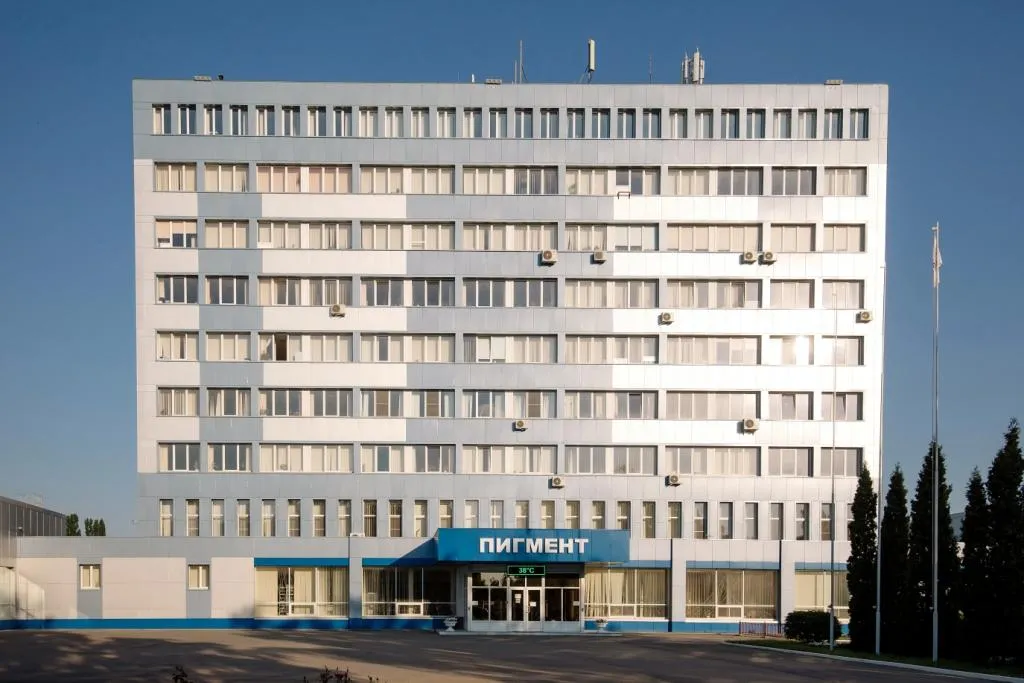A “Digital Bridge” to Russia’s Far East: Tackling the Region’s Talent Gap
A new online platform aims to solve the chronic labor shortage in Russia’s Far East. It highlights not only open positions but also every government support program available to those willing to relocate.

From Agreement to Full-Fledged Project
To encourage relocation and employment in the Far East, Russia has launched a new digital service: dv2030.avito.com. The platform is a joint project of the National Priorities organization and Avito, created under an agreement signed at the St. Petersburg Economic Forum earlier this year. The new resource has become a core element of the national program for the socio-economic development of the Far Eastern Federal District (FEFD).
The platform covers all 11 regions of the FEFD and combines a job aggregator with details about government support measures: discounted mortgages, the “Far Eastern Hectare” land program, and benefits for those who move to the region.
Talent Shortage in the Far East
The Far East is home to massive infrastructure projects, and demand for skilled workers is rising sharply. According to Avito Jobs, the number of vacancies increased by 12 percent in just the first six months of 2025.
This demand is expected to grow further, as mining, non-ferrous metallurgy, oil and gas production, machinery, forestry, and wood processing continue to expand. Construction of the M-12 “Vostok” expressway section will add new momentum to the regional economy.

“The Far East is the epicenter of the country’s biggest projects, boldest goals, and career opportunities,” said Sofia Malyavina, CEO of National Priorities. “We are joining forces with Avito to create convenient and accessible tools to attract specialists of all profiles—from skilled workers to highly qualified engineers. Employers across the Far East will need more than 100,000 new employees by 2026.”
A One-Stop Window
The average salary in the Far East is 16 percent higher than the Russian national average, now exceeding 78,000 rubles (around $840) per month. That makes the region attractive for labor migration.

The new digital service simplifies the job search process and helps users quickly access additional information that could influence their decision to relocate. Instead of spending hours browsing dozens of websites, candidates can now find vacancies tailored to their skills and interests, learn about support programs, and even get relocation advice.
Developers promise to expand the service further, adding online guides for potential migrants. A series of webinars will cover not only the region itself but also the opportunities it offers in work, education, and social programs.
An Effective Tool for Migration Policy
For Russia, platforms like this are key to solving workforce shortages that could otherwise delay industrial and infrastructure projects in the Far East.
The dv2030 digital platform is designed to provide future migrants and resettlers with a maximum of useful information—from jobs and education opportunities to guidance on starting a business and accessing government benefits.

While tailored to Russia’s internal market, the platform’s architecture could serve as a model for other countries seeking to manage internal migration or attract talent to remote areas.










































